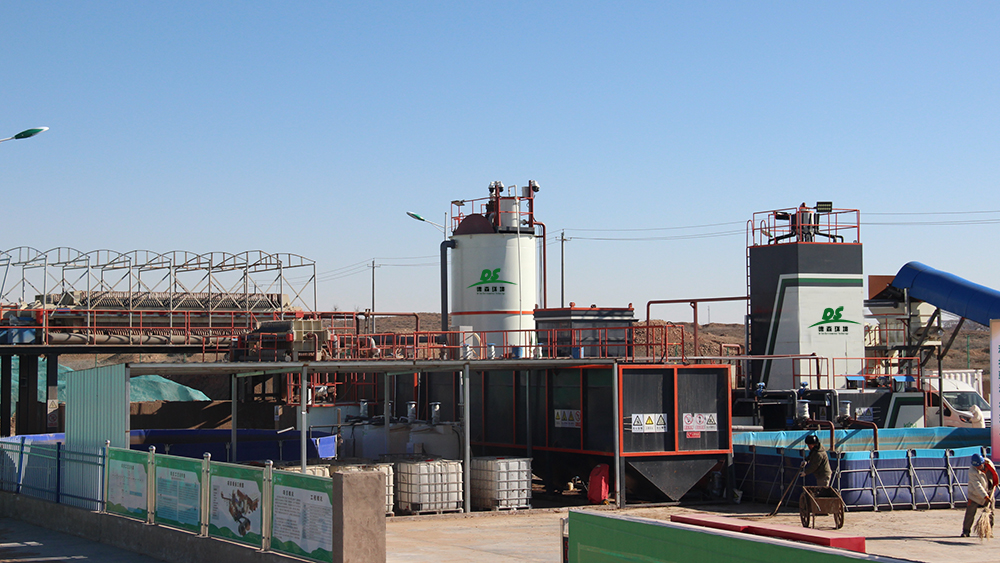Mine Tailings Recycling: Desen’s Mobile Screening Plant Cuts Waste and Boosts Profitability
Mine tailings—the fine, toxic waste left after ore processing—are a global environmental crisis. Each year, over 3 billion tons of tailings are dumped in open pits or lagoons, occupying land, leaching heavy metals into groundwater, and destroying ecosystems. Traditional handling methods rely on fi
Mine tailings—the fine, toxic waste left after ore processing—are a global environmental crisis. Each year, over 3 billion tons of tailings are dumped in open pits or lagoons, occupying land, leaching heavy metals into groundwater, and destroying ecosystems. Traditional handling methods rely on fixed screening facilities: mining companies spend millions building infrastructure, only to find the facilities can’t reach scattered tailing piles or rugged terrain. This inefficiency leaves tailings untreated for years, while valuable ore residues in the waste go unused.

Desen’s mobile mine tailings screening plant transforms this dynamic with **on-site sorting and resource recovery**. Available in crawler (for muddy slopes) or tire-mounted (for flat areas) designs, the plant navigates harsh mine conditions with ease. Its core is a **multi-stage vibrating screen system** with replaceable mesh (0.5–50 mm) that separates usable ore from toxic residue. For example, in gold mines, it sifts fine gold particles from waste; in iron ore mines, it sorts high-grade concentrate from low-grade tailings. The plant also includes a dust suppression system—high-pressure water mist captures 90% of dust, preventing air pollution and meeting strict environmental regulations.
Energy efficiency adds to its appeal. A diesel-electric hybrid power system cuts fuel use by 25% vs. traditional mobile screens, while an automatic overload protection feature reduces downtime. A southern China non-ferrous metal mine case shows its value: the plant processed 20,000 cubic meters of tailings in 20 days, recovering 1.2% grade copper ore (sold for $120,000) and using harmless residue to backfill old shafts. This reduced landfill needs by 60% and eliminated heavy metal leaching into nearby rivers.





